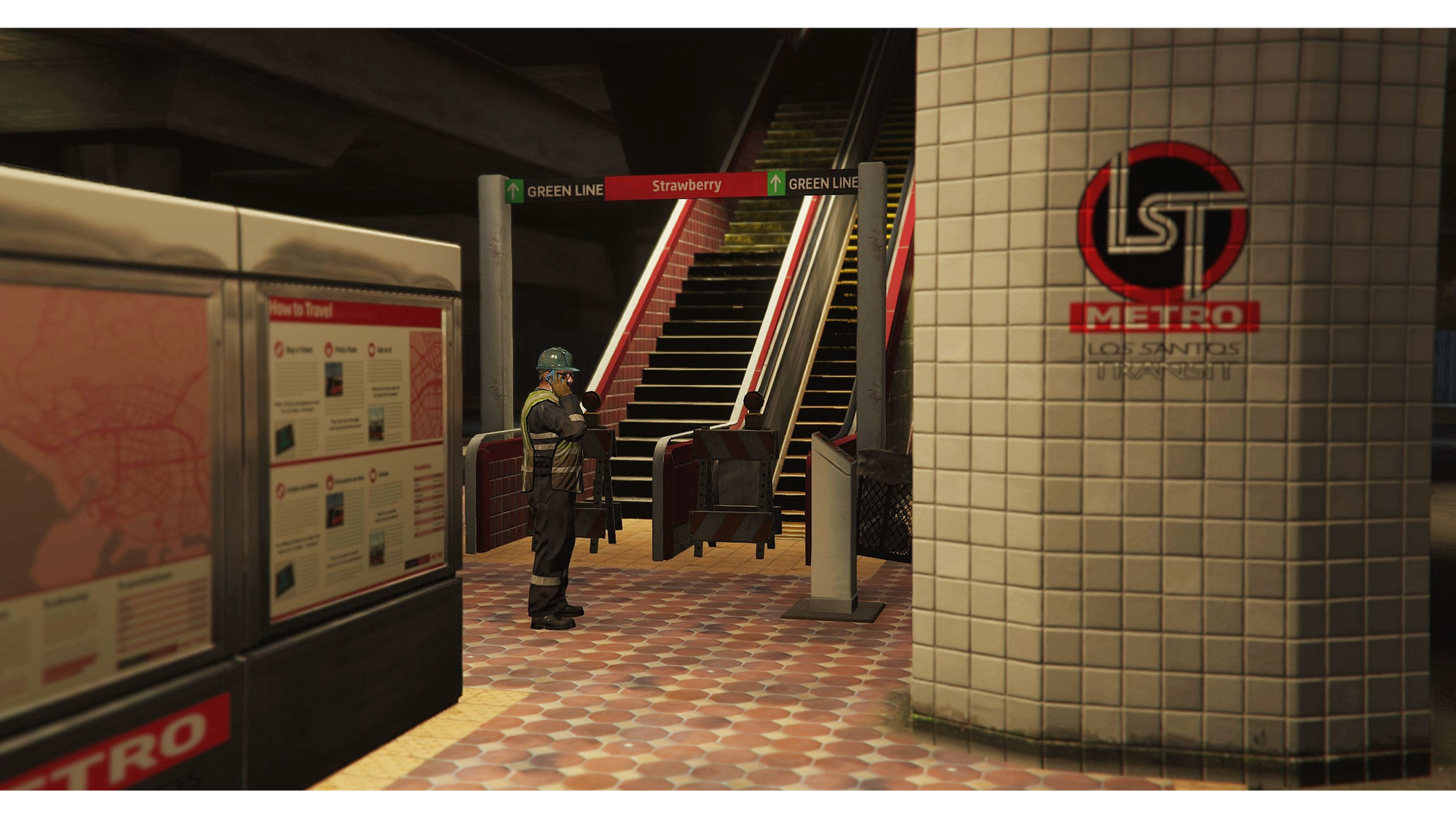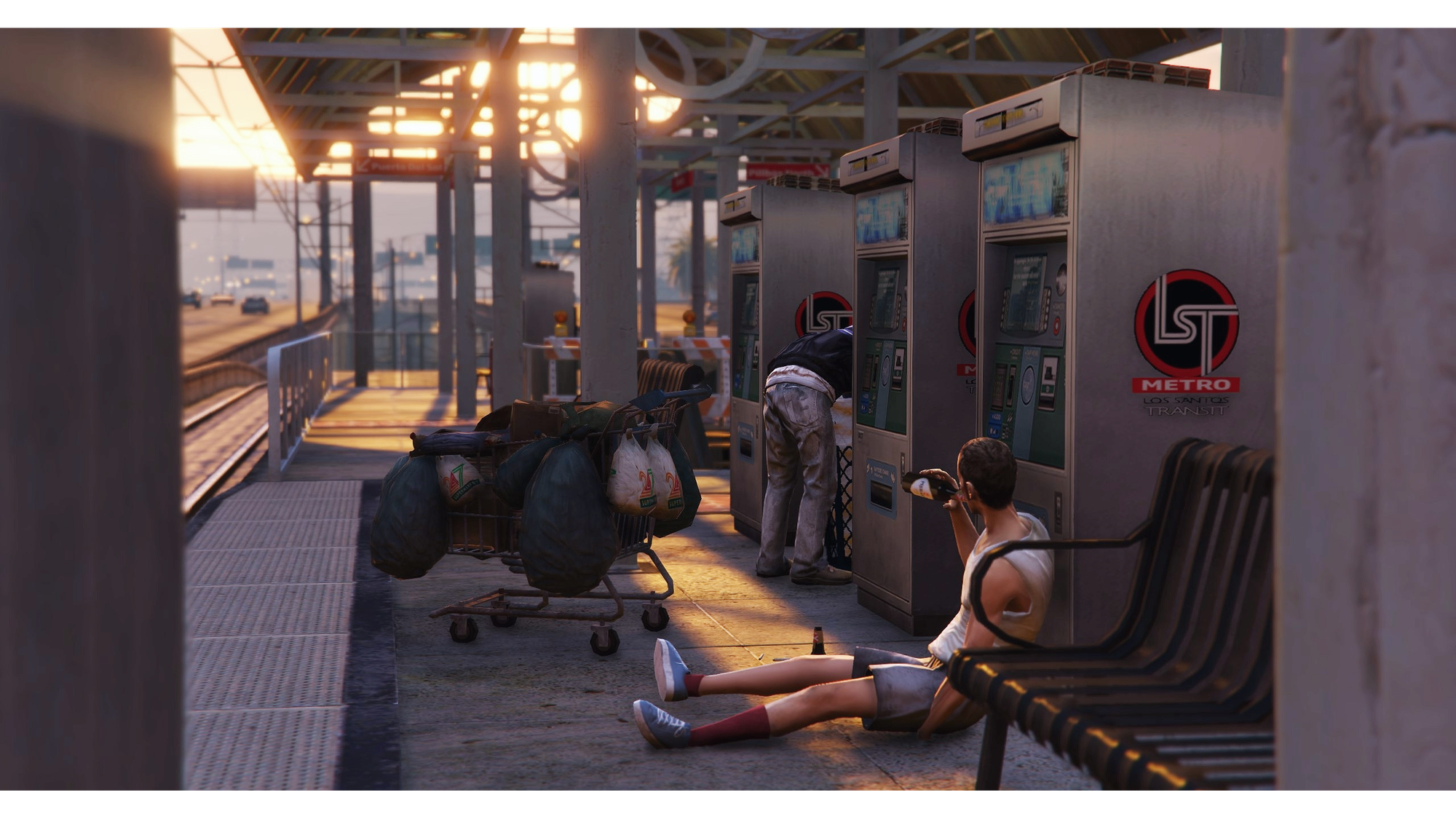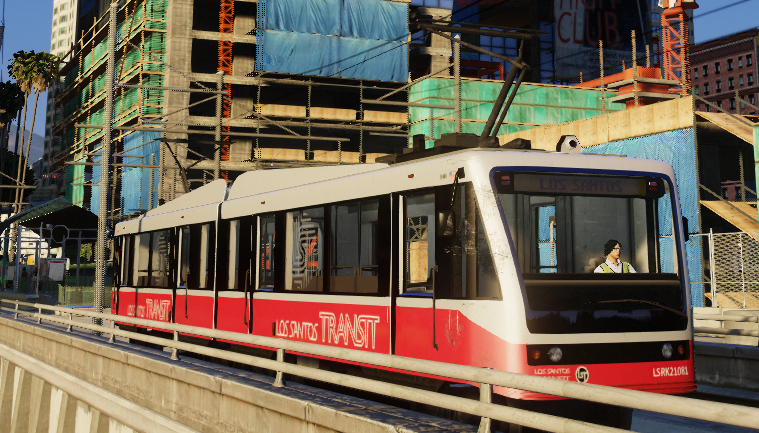After an unprecedented 18-month closure that tested both public patience and municipal resources, Los Santos' historic trolley system resumed service yesterday, marking a pivotal moment in the city's public transportation history. The $87.3 million renovation project, while costly, represents more than just infrastructure renewal—it embodies the resilience of San Andreas' commitment to preserving its cherished transit heritage.
"This isn't just about getting the trolleys moving again," reflected Victoria Nakamura, San Andreas Transit Authority's Chief Operations Officer, as she watched the first restored cardinal-red trolley make its inaugural journey down the renewed tracks. "These trolleys are the heartbeat of our city, connecting not just our streets, but our communities."

The Price of Preservation
The renovation's scope proved more extensive—and expensive—than initially projected. The final cost breakdown reveals the project's complexity:
- $42.8 million for track infrastructure repairs and modernization
- $23.5 million for renovating the 27-trolley fleet
- $12.7 million for upgrading power systems and safety mechanisms
- $8.3 million for station repairs and accessibility improvements
John William, lead engineer for the restoration project, described finding unexpected challenges during the initial assessment. "Some of the infrastructure dated back to the 1950s. We weren't just fixing trolleys—we were preserving history while building for the future."
Impact on San Andreas Transportation
The trolley system's closure forced approximately 25,000 daily riders to seek alternative routes, straining the already congested Los Santos highway system. Traffic analytics showed a 23% increase in congestion along major arterial routes during peak hours, particularly affecting the Mirror Park and Vinewood corridors.
"Those eighteen months were brutal," admits Sarah Thompson, a resident who commuted daily via trolley for fifteen years. "But seeing these trolleys running again, knowing they're safer and more reliable—it was worth the wait."
Weathering Unexpected Delays
The project faced significant setbacks beyond mechanical challenges. A two-week government shutdown in late fall delayed final safety inspections and certification processes. Mother Nature added her own obstacle when an unprecedented blizzard hit San Andreas, forcing workers to postpone crucial final testing phases.
"The shutdown and weather delays tested our resolve," acknowledged State Transportation Director Robert Martinez. "But they also demonstrated the importance of doing this right rather than doing it quickly."

Looking Forward
The renovated system introduces several modern amenities while preserving its historic charm:
- Digital tracking systems for real-time arrival updates
- Enhanced accessibility features for disabled passengers
- Improved heating and cooling systems
- Reinforced weather protection
- Upgraded emergency brake systems
Community Impact: The True Cost of Silence
For eighteen months, the stillness of Los Santos' trolley lines echoed through the corridors of local commerce, leaving an indelible mark on the community's economic fabric. The impact rippled far beyond empty stations and quiet streets, touching lives and livelihoods in ways both profound and unexpected.
The Human Face of Economic Disruption
Miguel Hernandez's café, a third-generation family business near Portola Drive Station, became a bellwether for the broader economic impact. "Those first few months, we kept the faith," he recalls, gesturing to the photographs of his grandfather serving coffee to trolley operators in 1962. "But when our daily revenue dropped 40%, we had to let go of three employees who were like family. Today, watching these trolleys run again—" he pauses, wiping his eyes, "it's like watching hope return."
The numbers tell a sobering story across the trolley corridor:
- 127 small businesses reported revenue declines of 30% or more
- 342 jobs were lost or suspended during the closure period
- Commercial property vacancy rates along the route increased from 7% to 18%
- Foot traffic in affected business districts decreased by 45%

Adaptation and Resilience
Yet amid the hardship, a remarkable story of community adaptability emerged. Lisa Lakowski, owner of Loco Lifestyle Lounge, transformed her business model when tourist foot traffic vanished. "We created a local delivery service, partnering with other affected businesses," she explains. "Together, we found ways to survive. But nothing compares to seeing customers walk through my door again, hearing the familiar chime of the trolleys outside."
Recovery and Renewal
The resumption of service has sparked immediate signs of recovery:
- Twenty-eight new business permits filed along the trolley corridor in the past month
- Tourism bookings for the spring season up 32% compared to closure periods
- Local employment agencies reporting a 25% increase in hospitality job postings
- Property investors returning to previously struggling commercial zones
For Grace Wong, who recently reopened her family's dim sum restaurant near Little Seoul Station, the return of the trolleys represents more than transportation—it's the restoration of San Andreas' economic rhythm. "Every morning now, I hear the trolley's bell, and with it comes a new group of customers, new stories, new possibilities," she says, carefully arranging steamers as the morning rush begins. "It's like the city is breathing again."

Looking to the Future
As San Andreas continues to recover from the combined challenges of the shutdown and weather delays, the restored trolley system stands as a symbol of economic resilience and community perseverance. Transit authorities project that the system's modernization will not only restore previous economic activity but catalyze new growth, with economic impact studies suggesting a potential $200 million boost to the local economy over the next five years.
Mayor James Wilson, speaking at a local business revival ceremony, captured the sentiment shared by many: "These tracks don't just carry trolleys—they carry dreams, livelihoods, and the economic lifeblood of our community. Today, we're not just celebrating the return of a transit system; we're celebrating the renaissance of San Andreas' entrepreneurial spirit."
As the familiar sound of trolley bells once again echoes through the streets of Los Santos, it rings not just with nostalgia, but with the promise of renewed prosperity for a community that refused to let its iconic transportation system—or its economic heart—fade into history.


